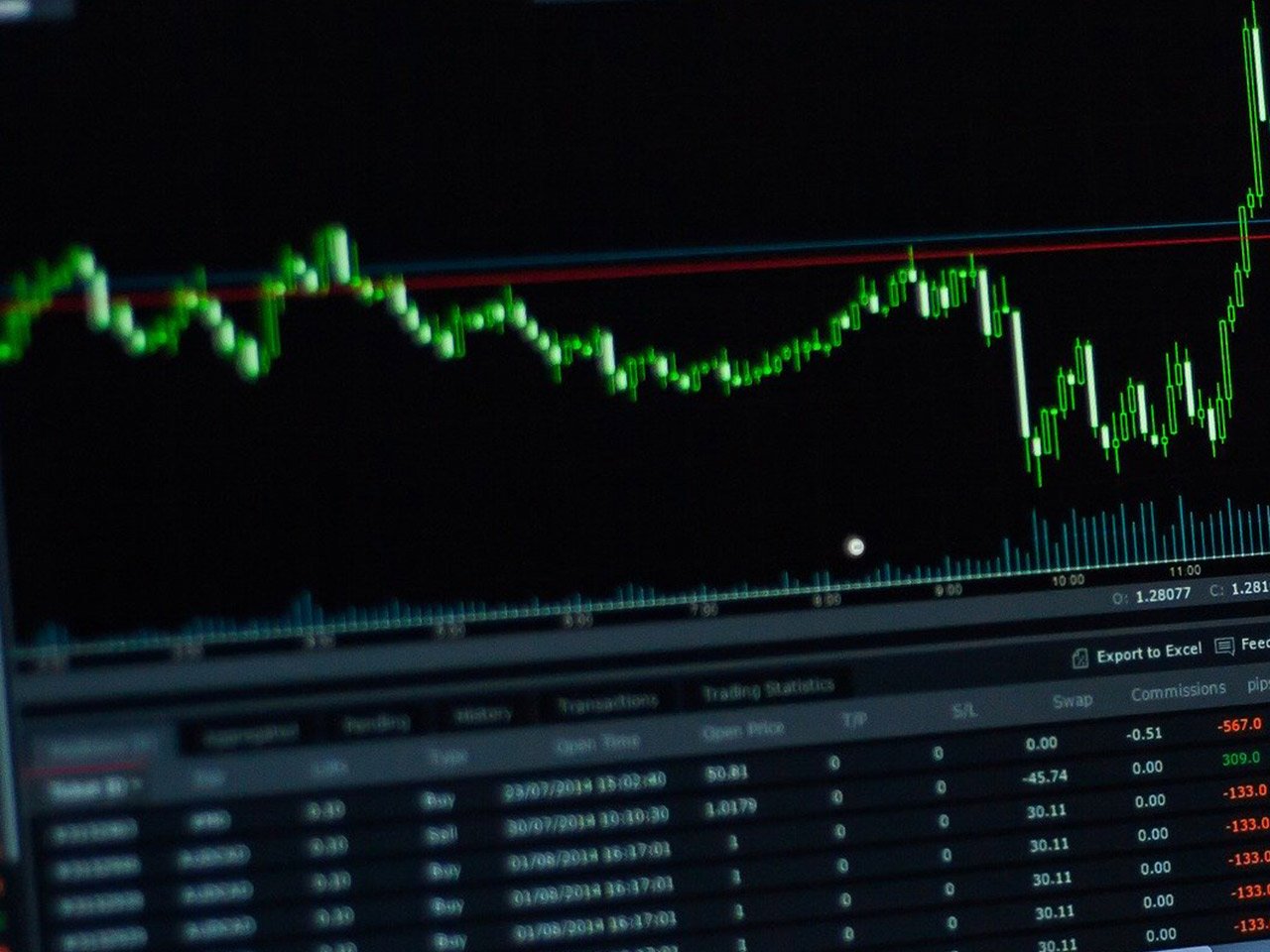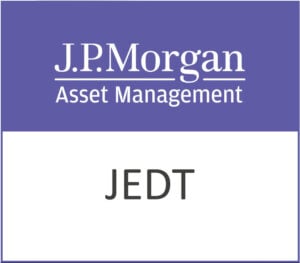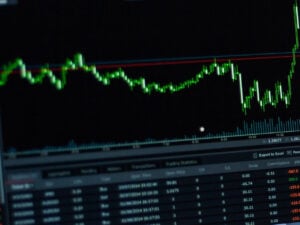HSBC Holdings PLC (HSBA.L), a cornerstone of the UK’s financial services sector, stands as a global banking giant with a market capitalisation of $167.85 billion. Founded in 1865 and headquartered in London, HSBC continues to offer an extensive range of banking and financial products through its three main segments: Wealth and Personal Banking, Commercial Banking, and Global Banking and Markets.
Currently trading at 967.3 GBp, HSBC shares have shown resilience with a 52-week range spanning from 648.80 to 970.00 GBp. Despite a stagnant price change at 0.00%, the firm’s robust position within the diversified banking industry remains attractive to investors seeking stability, albeit the recent revenue growth figure of -11.00% may raise some eyebrows.
The valuation metrics present a mixed bag. Notably, the trailing P/E ratio is unavailable, yet the forward P/E stands at a staggering 675.63, potentially indicating high future earnings expectations or volatility in earnings forecasts. Meanwhile, other metrics such as PEG ratio, Price/Book, and Price/Sales are also currently unavailable, which might complicate a straightforward valuation assessment.
Performance-wise, HSBC’s return on equity is a commendable 10.13%, reflecting efficient management in generating profits from shareholders’ equity. The earnings per share (EPS) of 0.75 further solidifies the bank’s profitability despite the absence of reported net income and free cash flow figures.
Investors often turn to dividends for consistent returns, and HSBC does not disappoint with a generous dividend yield of 5.16% and a payout ratio of 63.79%. Such figures suggest a commitment to returning capital to shareholders, an appealing trait in uncertain economic climates.
Analyst sentiment towards HSBC is somewhat cautious, with a predominance of hold ratings (11), complemented by six buy ratings and a solitary sell rating. The average target price of 947.90 GBp implies a slight downside potential of -2.01%, signalling that the stock may be fairly valued at its current price.
Technical indicators provide further insights into HSBC’s market performance. The stock’s 50-day and 200-day moving averages are 918.99 GBp and 846.68 GBp, respectively, suggesting a positive trend over the longer term. The Relative Strength Index (RSI) of 45.52 indicates neither overbought nor oversold conditions, while the MACD of 10.90, above the signal line of 9.93, hints at a bullish momentum.
For individual investors looking to add a financial heavyweight to their portfolios, HSBC’s substantial dividend yield and solid return on equity are certainly enticing. However, potential investors should weigh these against the current revenue contraction and the lack of comprehensive valuation metrics. As always, a diversified approach considering both fundamental and technical analyses will serve investors well in navigating the complexities of the financial markets.










































